A Joint Virtual Issue between the European Journal of Immunology and Cytometry Part A presents several publications on the latest developments in cancer diagnostics and immunotherapy.


A Joint Virtual Issue between the European Journal of Immunology and Cytometry Part A presents several publications on the latest developments in cancer diagnostics and immunotherapy.
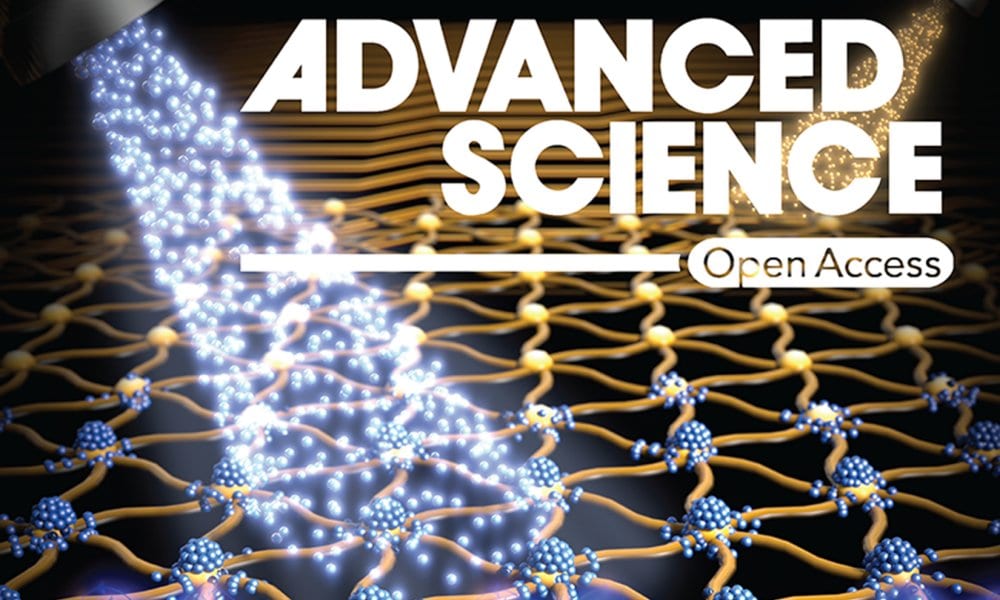
Advanced Science celebrates its new impact factor with the publication of an exclusive review issue.
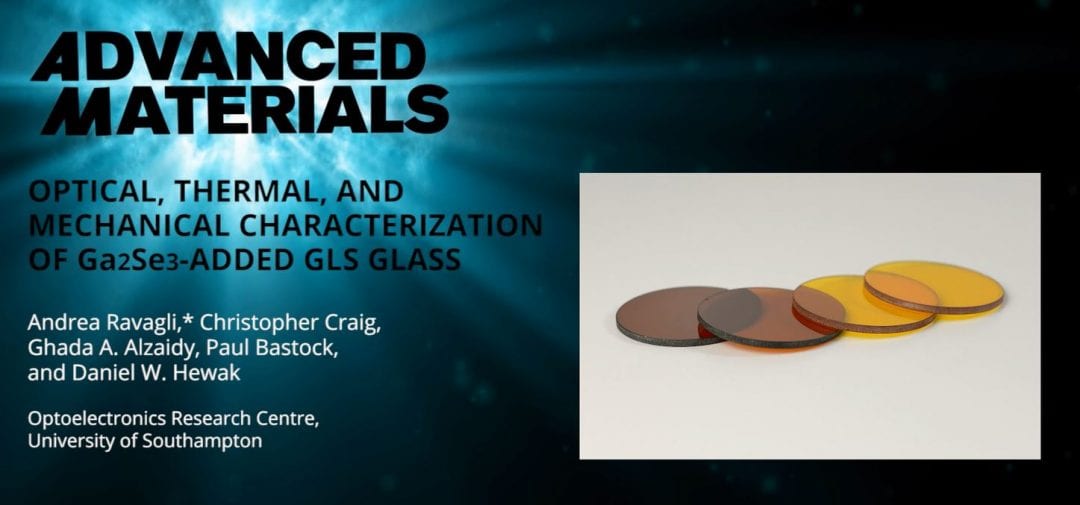
Researchers from the Optoelectronics Research Centre, University of Southampton, improve the infrared transmission range of GLS glass for devices with combined thermal and optical imaging.
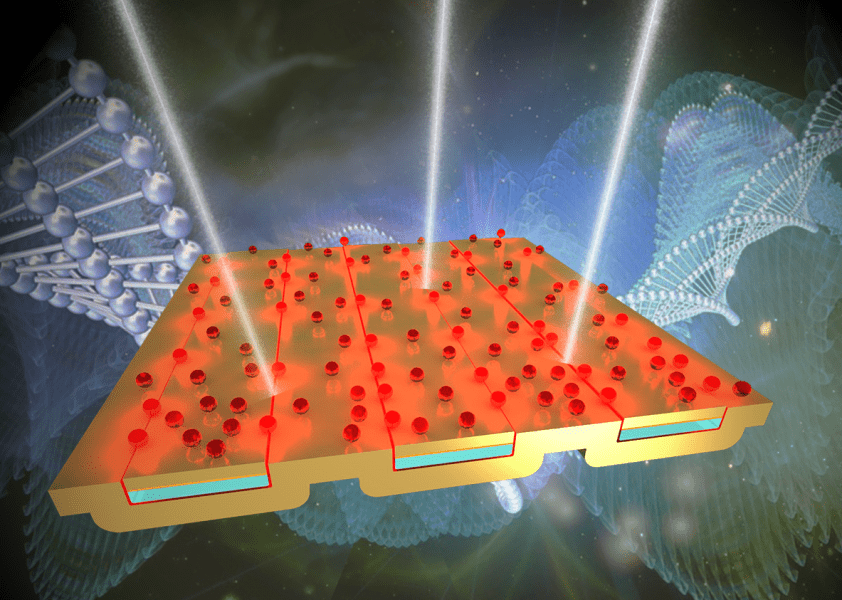
A metamaterial superabsorber structure with sub-5-nanometer gaps boosts the sensitivity of bio/chemical sensing.
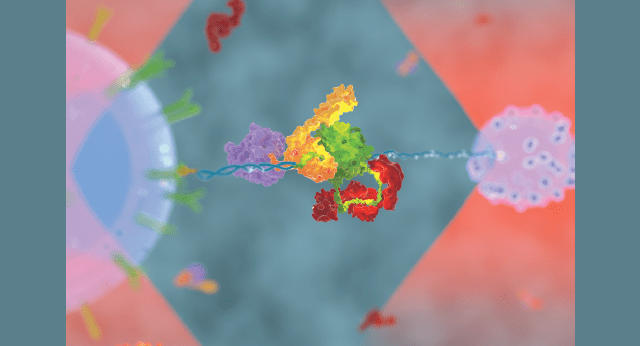
Protein Science has published a Special Issue on Molecular Machines guest edited by Carlos Bustamante from the Laboratory of Single Molecule Biophysics at UC Berkeley. Each living cell, whether prokaryotic or eukaryotic, is a microscopic but complex structure. Its...
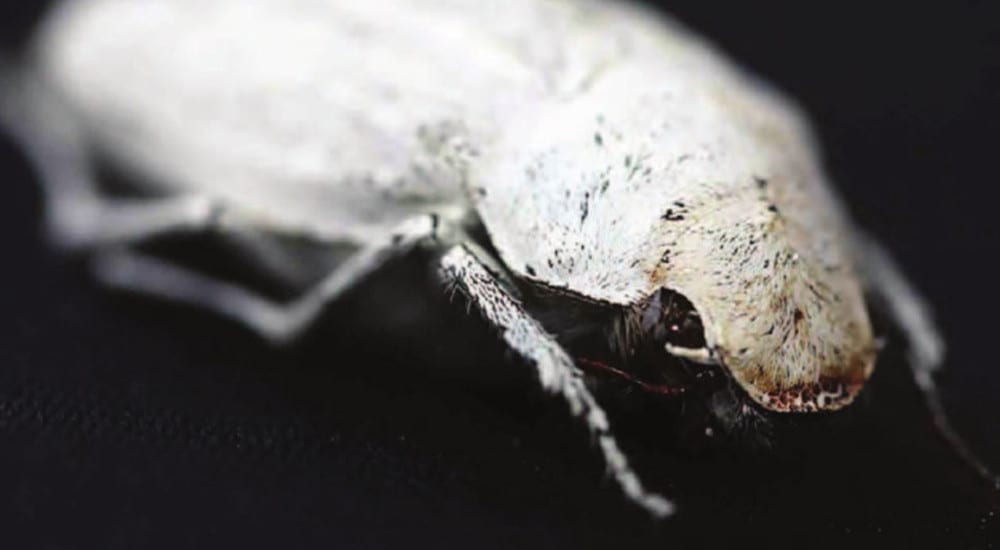
Researchers from Switzerland, Germany, UK and USA explore the local structure responsible for the vibrant white color of Cyphochilus beetles.
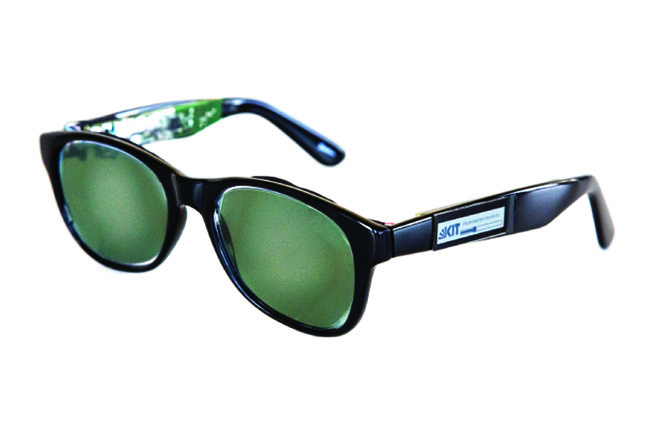
In an important step forward for wearable electronics, researchers design and build a set of “solar glasses”, which integrate transparent solar cells into the lenses and electronics into the frames, to measure and display the instantaneous light intensity and ambient temperature.

Optimizing H- and J-type aggregates significantly improves the power conversion efficiency in bulk-heterojunction solar cells.

Inspired by Steller’s jay, researchers produce angle-independent, structurally colored materials composed of amorphous arrays of fine spherical silica colloidal particles.
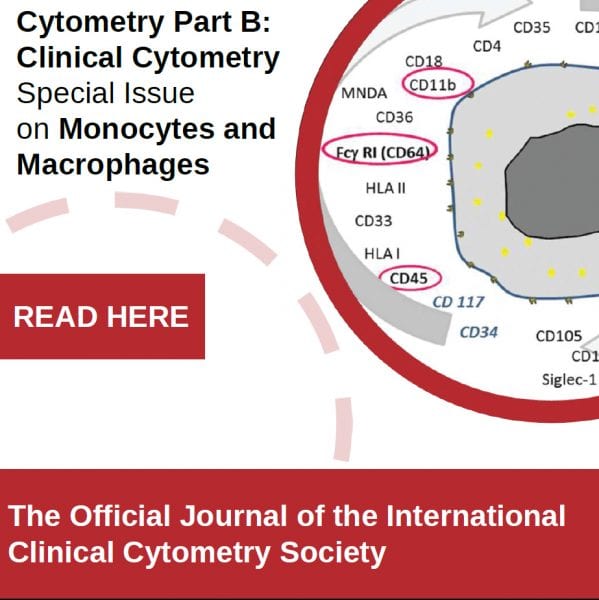
Various views on the same cell are discussed in a recent Special Issue on Monocytes and Marcophages.